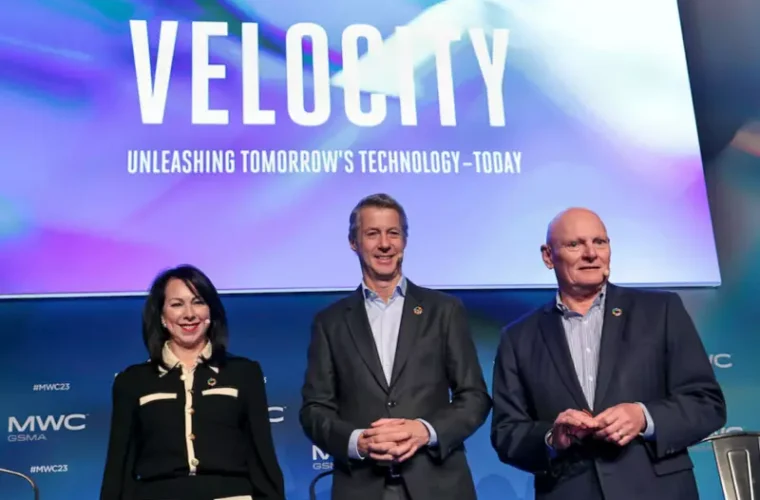Mobile World Congress 2023, the 9 best (tested) products in Barcelona
Mobile World Congress 2023: On the stands at the Fira, there was a succession of product launches that we will see on the market in the coming weeks, but also a foretaste of the future with a series of prototypes that open up new frontiers for the short and medium-term evolution of the sector. Lots of smartphones, but not only at the Mobile World Congress in Barcelona, the most influential meeting for the mobile tech industry. So yes, as always, at the Catalan event, the phones take centre stage, but this year several smart glasses for augmented reality and virtual reality appeared. But also screens that take new forms and can repair yourself even if you know nothing about electronics. Here we reveal nine products that impressed us and that we tried out for the first time in some cases.
Nokia G22
With one of the biggest stands of the entire fair, Nokia showed up in Barcelona with a new logo and several novelties, not only in terms of products. HMD Global, the Finnish company that develops Nokia smartphones, will return to producing phones in Europe. In the coming months, the transfer of the production and testing processes for 5G devices will begin, aiming to get closer to European consumers to strengthen the security of the devices while complying with the relevant regulations established by the EU.
As for devices, the G22 Nokia inaugurated phones that can be repaired by themselves. It does so through a partnership with iFixit, the well-known platform that suggests tips and tutorials for changing parts and upgrading devices. With the aim of extending the life cycle of smartphones to reduce e-waste in landfills, it will be easy for everyone to replace displays, batteries or a charging port, with original spare parts affordable for anyone (costs from €19.95 to €49.95). And the G22 costs €189.
Honor Magic Vs
Honor’s event sold out at Theatre 2 in Hall 6 of Mobile World Congress, as the company decided to launch two top-of-the-range devices on European markets: the Magic 5 Pro among flat smartphones and the Magic Vs for foldable. If the former relies on a first-class photographic compartment, the foldable surprises because the former Huawei spin-off has chosen to go for a model that opens like a booklet instead of the smaller, more popular clamshell version.
The 7.9-inch display, when open, offers an ideal surface for those who want to work with the phone, which, when closed, has a 6.45-inch display. Weighing 267 grams and with a 5000 mAh battery to get you through the evening without any problems, the Magic Vs has a hinge built around four structural components and, when closed, leaves no gap between the two ends, thus preventing dust and dirt from entering. As for longevity, the hinge can withstand 400,000 open/close cycles, so more than eleven years, considering a daily average of 100 folds. It will arrive in the coming months in green and black at a price of €1500.
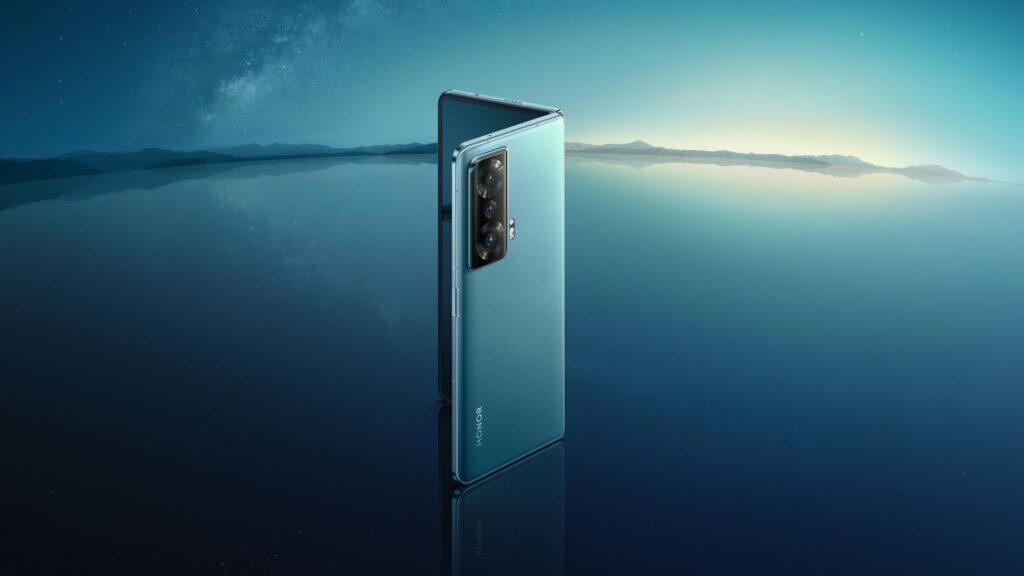
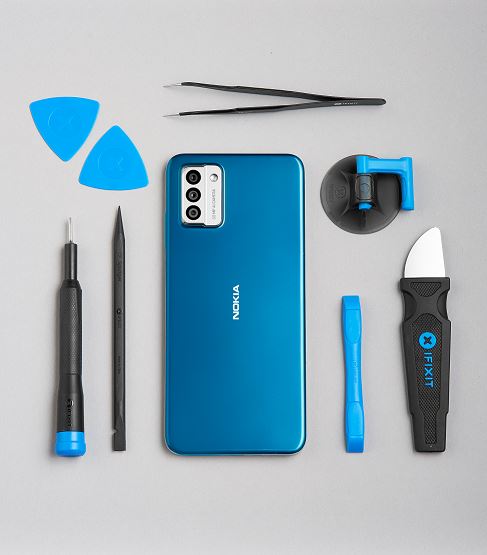
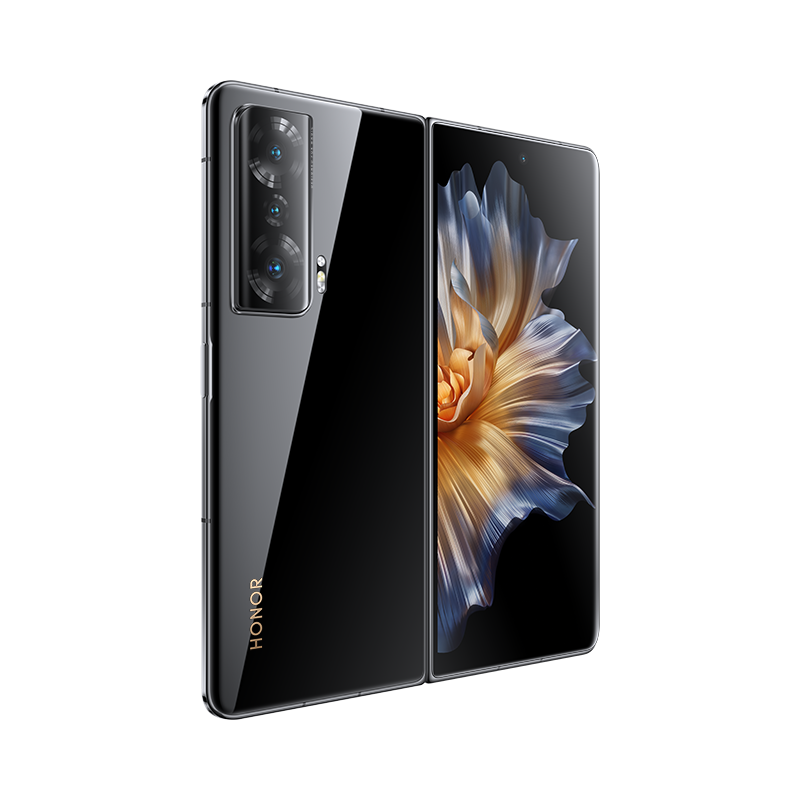
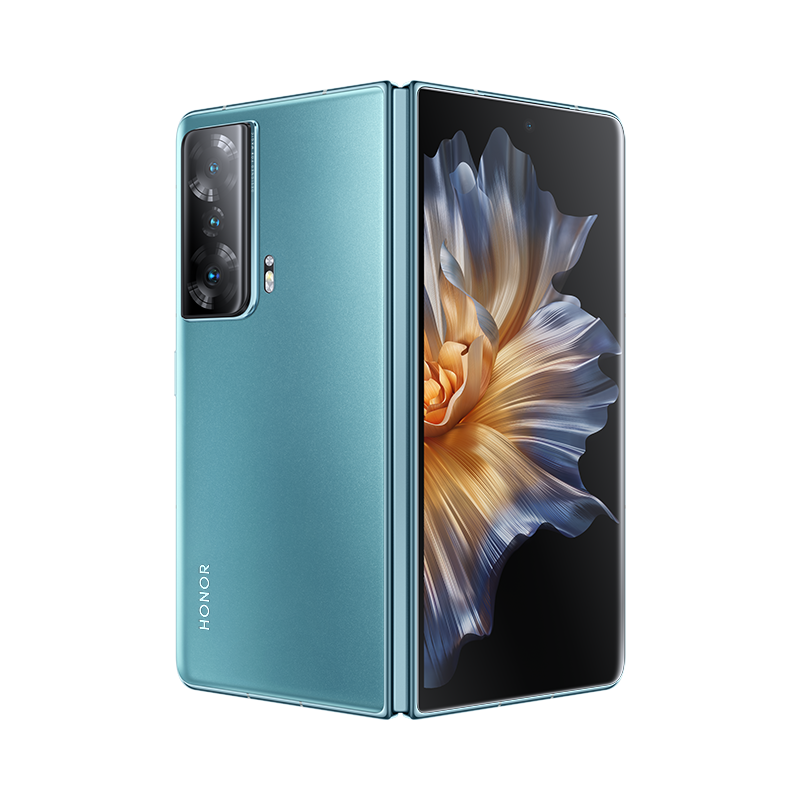
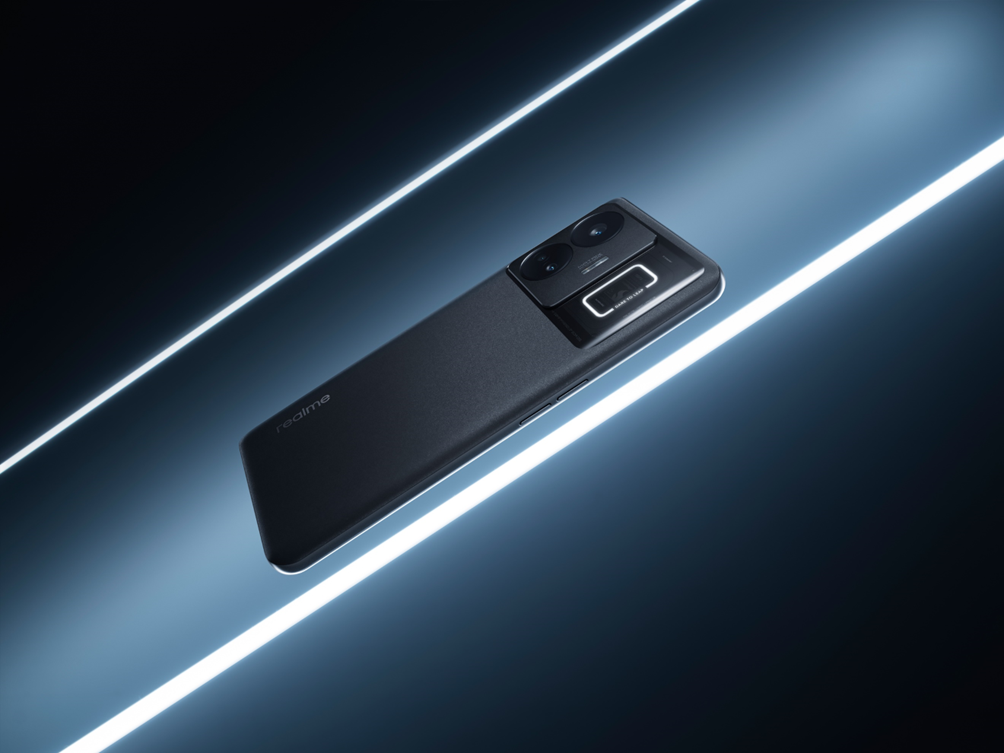
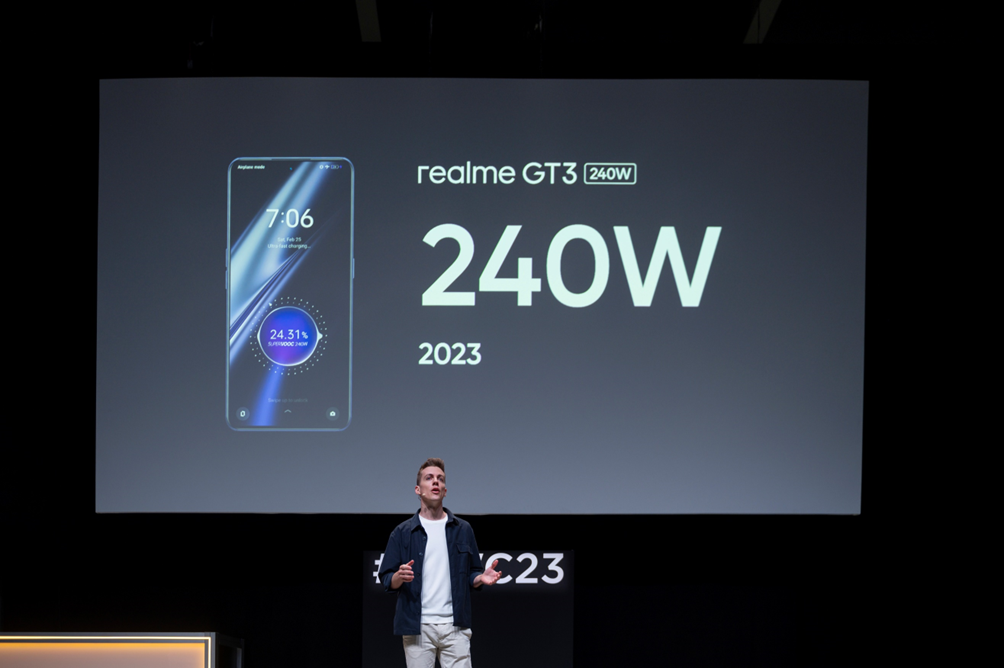
realme GT3
The Chinese brand runs fast not only because it is the fastest growing of all but also because it unveiled the smartphone that recharges in the shortest possible time in Barcelona. The GT3 needs just 9 minutes and 30 seconds to fill up its 4600 mAh battery. And with only 80 seconds of charging time, it is charged to 20 per cent of its capacity.
These record numbers are due to the 240W charging stand, a power that was unthinkable only a few years ago, achieved with a smaller charger than the 150W one. Crucial to the effectiveness of fast charging is the liquid cooling system for heat dissipation, plus 13 temperature sensors and 60 levels of protection.
Rollable display Lenovo-Motorola
Speaking of surprises and innovations, the Motorola-Lenovo smartphone and laptop with a rollable display, which varies in size according to usage, stand out. The smartphone has a 5-inch screen, and by pushing the button on the side, it stretches to 6.5 inches, while the computer has a 12.7-inch display in 4:3 format that slides up or down to 15.3 inches by sliding under the keyboard.
At the Lenovo stand, the two devices were side by side in a display case stormed by journalists, but there must be a timeline regarding their commercialisation. These are concepts, but in practice, they appear very close to the real thing.
OnePlus 11 Concept
Another concept that aroused curiosity was the OnePlus 11 with Active CryoFlux, a kind of ice-blue liquid that flows over the transparent back shell, creating a serpentine effect that makes it look unique. The futuristic appearance, however, is a consequence of the liquid cooling system that simulates what happens in PCs.
In this way, OnePlus has managed to lower the temperature by up to 2.1°C during gaming and up to 1.6°C during charging, thus improving the frame rate by 3-4 degrees. This is not much of an absolute performance impact for now, but this is just the first step of the development and how future OnePlus top-of-the-range devices might look.
Huawei Watch Buds
Among the avalanche of products and technologies on the Chinese company’s large stand was Huawei Watch Buds, undoubtedly the most surprising 2-in-1 of the year. A pair that combines two must-have devices from different categories is an interesting project and, looking at the end result, also a successful one. Huawei has placed the earbuds inside the smartwatch. Even if you look like a secret agent when handling the device, it is undoubtedly a convenient solution to avoid misplacing the earbuds.
Equipped with two microphones and a bone conduction sensor to capture voices and ambient sounds, the true wireless earbuds weigh 4 grams and are protected by a pop-up cover to which they are magnetically attached. The smartwatch is 14.99 mm thick, has a 1.43-inch Amoled colour display, stainless steel case and leather strap, and can monitor blood oxygen saturation, heart rate and sleep quality. The device is on sale for €499.90.
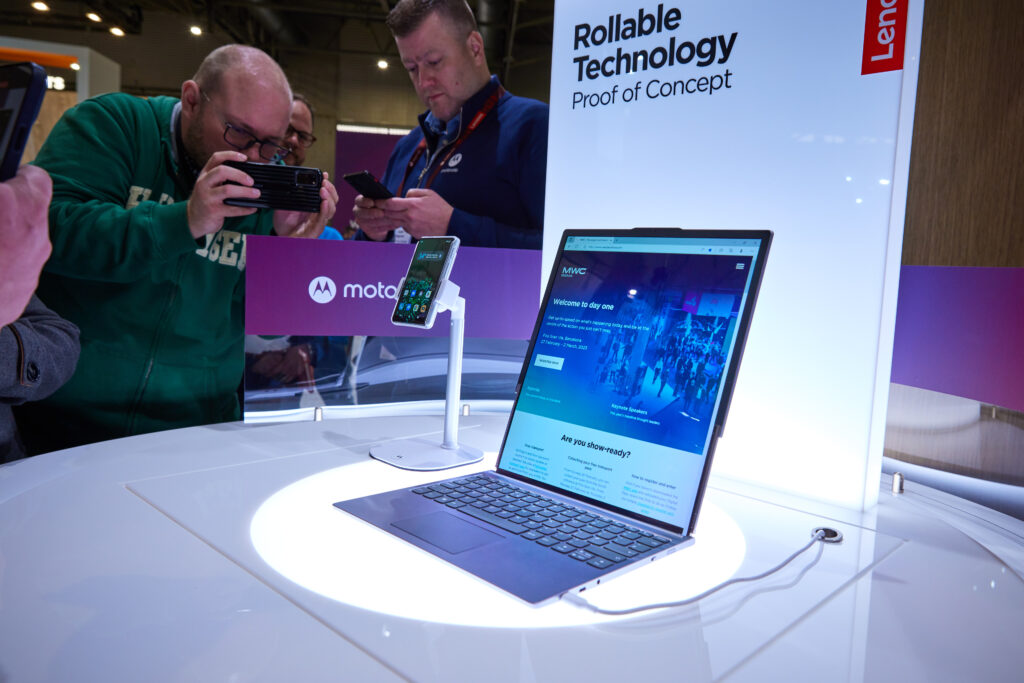
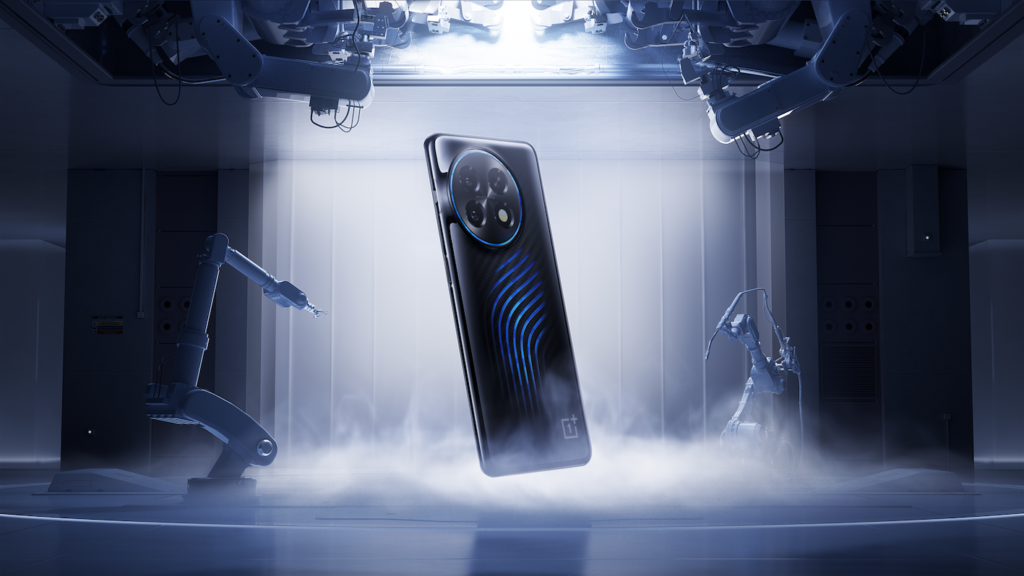
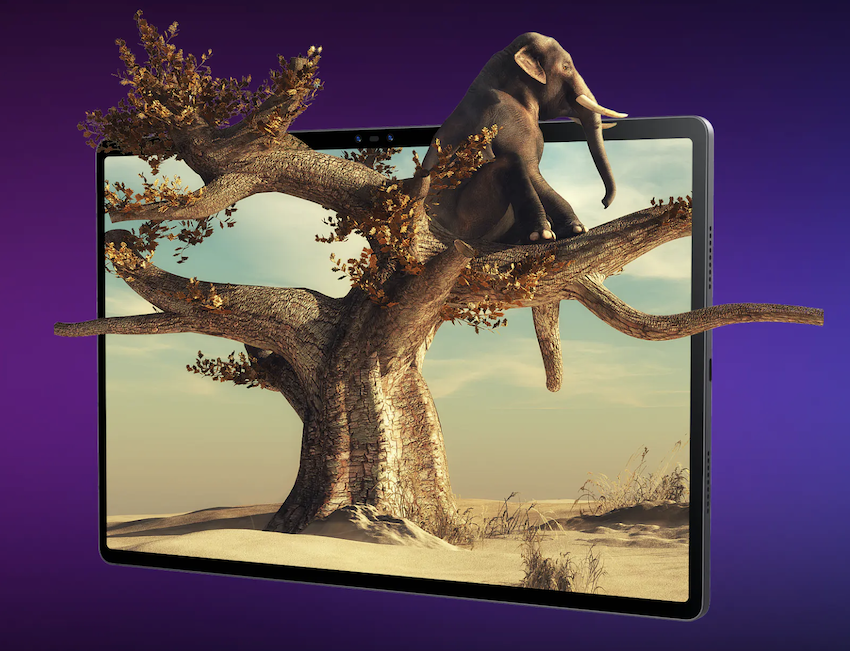
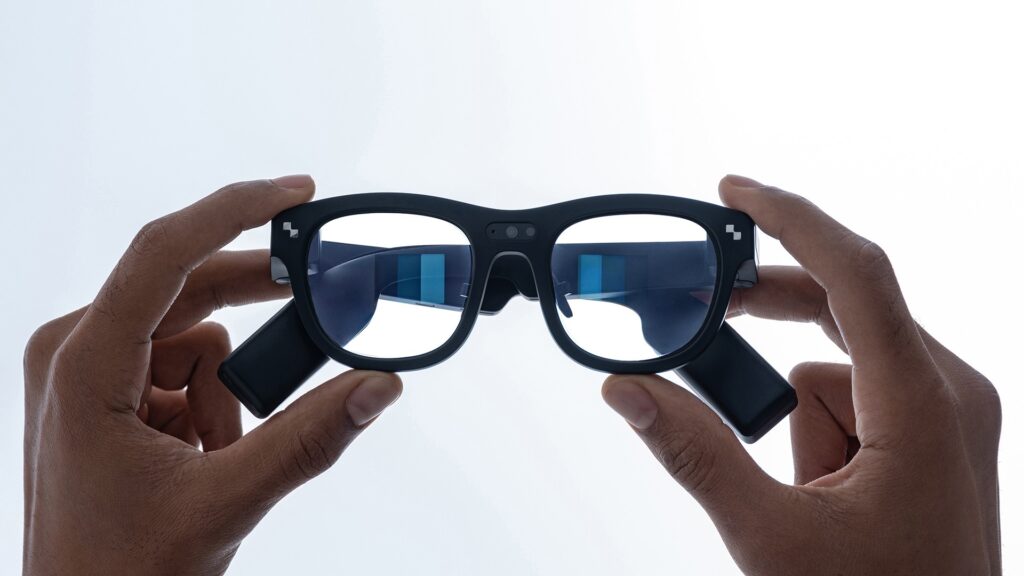
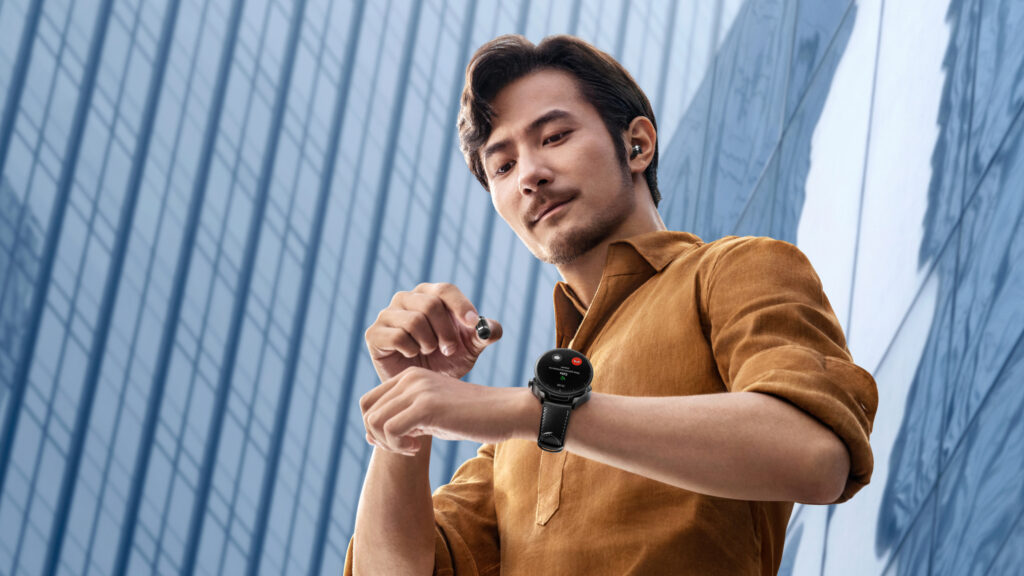
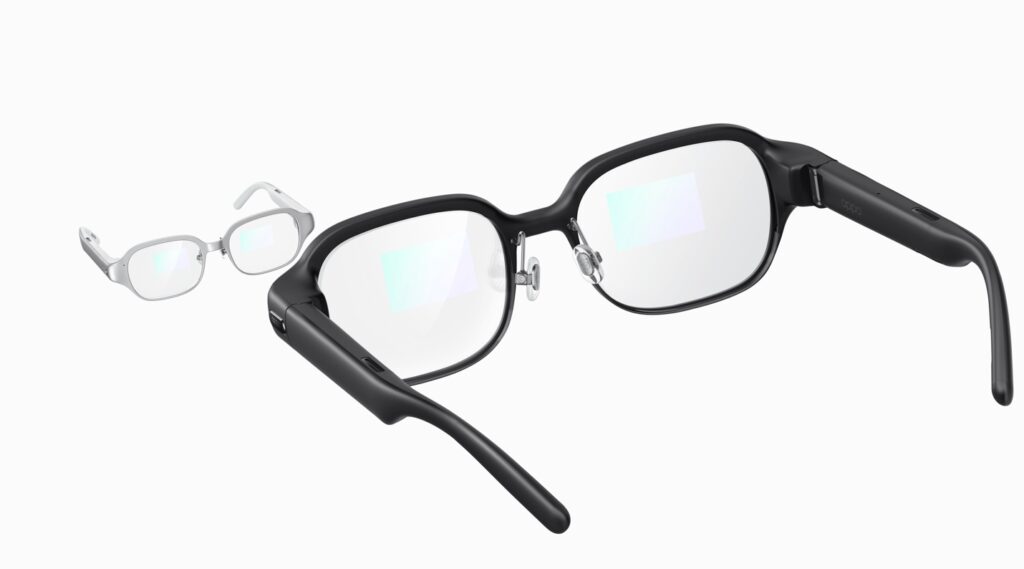
ZTE Nubia Pad 3D
A unique device is this one made by ZTE, which dusts off 3D on a tablet that mounts a 12.4-inch screen, which is precisely why it looks like an outlier. The good thing is that you don’t need glasses to view stereoscopic 3D content, as a proprietary technology allows you to view but also transform 2D content into 3D. There is also the dual camera, front and rear, to allow users to create content, obviously 3D, by playing with their face or any other desired object.
TCL RayNeo X2
Many companies are now investing resources in developing smart glasses for augmented reality. One of the most active is TCL, which at the Mobile World Congress, showed us the RayNeo X2, a prototype capable of taking photos, recording videos, and translating in real time what the interlocutor in front of you says.
Thanks to the built-in microphones, the two Micro Led panels integrated into each lens and the real-time translation of text and audio, the glasses enable dialogue even between people speaking an unfamiliar idiom. Currently, the prototype only supports translation from English to Chinese and Chinese to English. Still, in the coming months, they will be available to Chinese and US developers, who will have to expand the compatible languages and provide further applications.
Oppo Air Glass 2
Aesthetics very similar to traditional prescription glasses and an SRG diffractive waveguide lens are the two peculiarities of Air Glass 2, the smart glasses shown by Oppo. They weigh 38 grams and, via the two integrated displays, provide real-time information on weather, calendar and news, as well as allow you to answer calls, listen to music and manage voice usage. They support vision correction but must be connected to the smartphone to work. Apparently, in an advanced state in terms of hardware and software, they should reach the market in the coming months.



